
Lactose Monohydrate 500gm
KSh680.00 Original price was: KSh680.00.KSh600.00Current price is: KSh600.00.
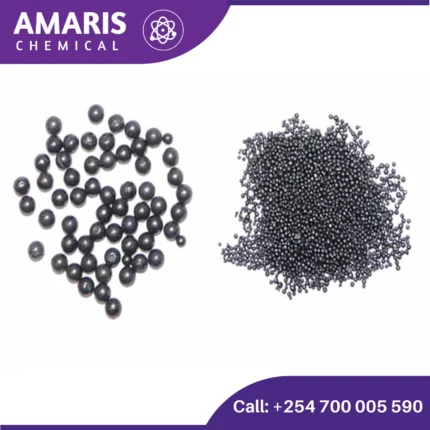
Lead Shot 250gm
KSh2,500.00 Original price was: KSh2,500.00.KSh2,300.00Current price is: KSh2,300.00.
Lead Bromide 500gm
KSh6,000.00 Original price was: KSh6,000.00.KSh5,500.00Current price is: KSh5,500.00.
Lead BromideLead bromide (PbBr₂) is an inorganic compound consisting of lead and bromine. Here are some key details about lead bromide:
Properties:
- Chemical Formula: PbBr₂
- Appearance: White crystalline solid
- Molar Mass: 367.01 g/mol
- Melting Point: 373 °C (703 °F)
- Boiling Point: Decomposes before boiling
- Density: 6.66 g/cm³
- Solubility in Water: Poorly soluble (1.03 g/100 mL at 20 °C)
Structure:
Lead bromide has an orthorhombic crystal structure. In the solid state, PbBr₂ forms a lattice with lead ions surrounded by bromide ions.
SKU:
ACS52634CHEM0
Category: Analytical Reagents
Description
Uses of Lead Bromide
1. Chemical Reactions and Synthesis:
- Precipitation Reactions: Lead bromide is commonly used in precipitation reactions to demonstrate the formation of an insoluble salt. For example, mixing lead(II) nitrate (Pb(NO₃)₂) with a bromide salt like sodium bromide (NaBr) yields a precipitate of lead bromide.
- Synthesis of Lead Compounds: It can be used as a precursor in the synthesis of other lead-containing compounds through various chemical reactions.
2. Analytical Chemistry:
- Qualitative Analysis: In qualitative inorganic analysis, lead bromide can be used to confirm the presence of bromide ions in a solution. This is done by adding a solution containing lead ions and observing the formation of a white precipitate of PbBr₂.
- Stoichiometry and Solubility Studies: It is often used in experiments to study stoichiometry, solubility product constants (Ksp), and the effects of common ion and diverse ion effects on solubility.
3. Educational Demonstrations:
- Teaching Material: Lead bromide is used in educational settings to teach concepts such as solubility rules, precipitation reactions, and the properties of ionic compounds.
- Laboratory Experiments: It can be involved in laboratory experiments designed to demonstrate the properties and reactions of lead and bromide compounds.
4. Radiation Detectors:
- Detector Material: Lead bromide is used in the fabrication of certain types of radiation detectors due to its high density and effective atomic number, which makes it suitable for detecting gamma rays and X-rays.
5. Photographic Research:
- Historical Use in Photography: Historically, lead bromide was used in the production of photographic emulsions. While it is less common today due to the advent of digital photography, it may still be studied for its historical significance and properties.
Reviews (0)
Be the first to review “Lead Bromide 500gm” Cancel reply
Shipping & Delivery
Related products
Acetaldehyde
Acetaldehyde is a simple organic compound with the chemical formula CH3CHO. It is a colorless liquid with a pungent, fruity odor. Here are some key points about acetaldehyde:
- Chemical Structure: Acetaldehyde consists of two carbon atoms, one oxygen atom, and four hydrogen atoms. Its structure is CH3CHO, where the carbon atom in the middle is doubly bonded to an oxygen atom and singly bonded to a hydrogen atom and a methyl group (CH3).
- Occurrence: Acetaldehyde can be found naturally in various ripe fruits, coffee, and heated milk. It is also produced by the oxidation of ethanol (alcohol) by enzymes in the liver and other tissues in humans, making it an intermediate product in alcohol metabolism.
Aceto Carmine 100 ml
Aceto carmine is a staining solution used primarily in microscopy to highlight cellular components. It is a mixture of carmine dye and acetic acid. Here’s an overview of its properties, preparation, and uses:
Properties
- Color: Red to purplish-red.
- Solubility: Soluble in water and ethanol.
- Staining Characteristics: Stains chromatin and cytoplasmic components, providing contrast for better visualization under a microscope.
Preparation
- Ingredients:
- Carmine dye: A natural red dye extracted from the cochineal insect.
- Acetic acid: A colorless liquid organic compound with a pungent smell.
- Procedure:
- Dissolve a specific amount of carmine powder in hot distilled water.
- Add glacial acetic acid to the solution.
- Filter the mixture to remove any undissolved particles.
Agar Agar Powder
Agar agar powder refers to the dehydrated and powdered form of agar agar, a natural gelling agent derived from seaweed. It is made by drying and grinding the agar agar gel, resulting in a fine powder with excellent gelling properties. Agar agar powder is commonly used in cooking, baking, and food preparation as a vegetarian and vegan substitute for gelatin. It is prized for its ability to create firm and stable gels at relatively low concentrations and temperatures. Agar agar powder is versatile and can be used in a variety of recipes, including desserts, confectioneries, jams, jellies, and savory dishes.
Aluminum Ammonium Sulphate
Aluminum ammonium sulfate, also known as ammonium alum or just alum, is a chemical compound with the formula (NH4)Al(SO4)2·12H2O. It's a white crystalline solid commonly used in water purification, leather tanning, and as a mordant in dyeing textiles.
In water purification, alum acts as a coagulant to remove impurities by causing suspended particles to clump together, making it easier for filtration to remove them. In leather tanning, it helps to stabilize the leather by tightening the collagen fibers. And in dyeing textiles, alum helps the dye adhere to the fabric.
However, it's important to note that excessive exposure to aluminum compounds like alum can be harmful, so it's typically used with caution and proper safety measures.
Aluminum Fine Powder
Aluminum Potassium Sulphate 500gm
Aluminum Potassium Sulphate, commonly known as potassium alum or potash alum, is a chemical compound with the formula KAl(SO₄)₂·12H₂O. It is a type of alum, a double sulfate salt, and is typically found in its dodecahydrate form. Here are some key points about this compound:
Physical Properties:
- Appearance: Colorless, transparent crystals or white powder.
- Solubility: Soluble in water but insoluble in alcohol.
- Melting Point: Decomposes at high temperatures before melting.
Chemical Properties:
- Molecular Formula: KAl(SO₄)₂·12H₂O
- Molecular Weight: 474.39 g/mol (for the dodecahydrate form)
- Acidity: It is slightly acidic in aqueous solution.
Ammonia Solution 2.5litres
An ammonia solution is a solution of ammonia (NH3) gas dissolved in water. It is a clear, colorless liquid with a pungent odor and a basic pH. The concentration of ammonia in the solution can vary, and is typically expressed in terms of percent by weight or by volume.
Ammonia solutions are commonly used in a variety of applications, including cleaning agents, fertilizers, and as a precursor to other chemicals. They are also used in industrial processes such as refrigeration, gas purification, and water treatment. Ammonia solutions can be dangerous if not handled properly, as they are highly corrosive and can release toxic fumes if mixed with certain chemicals

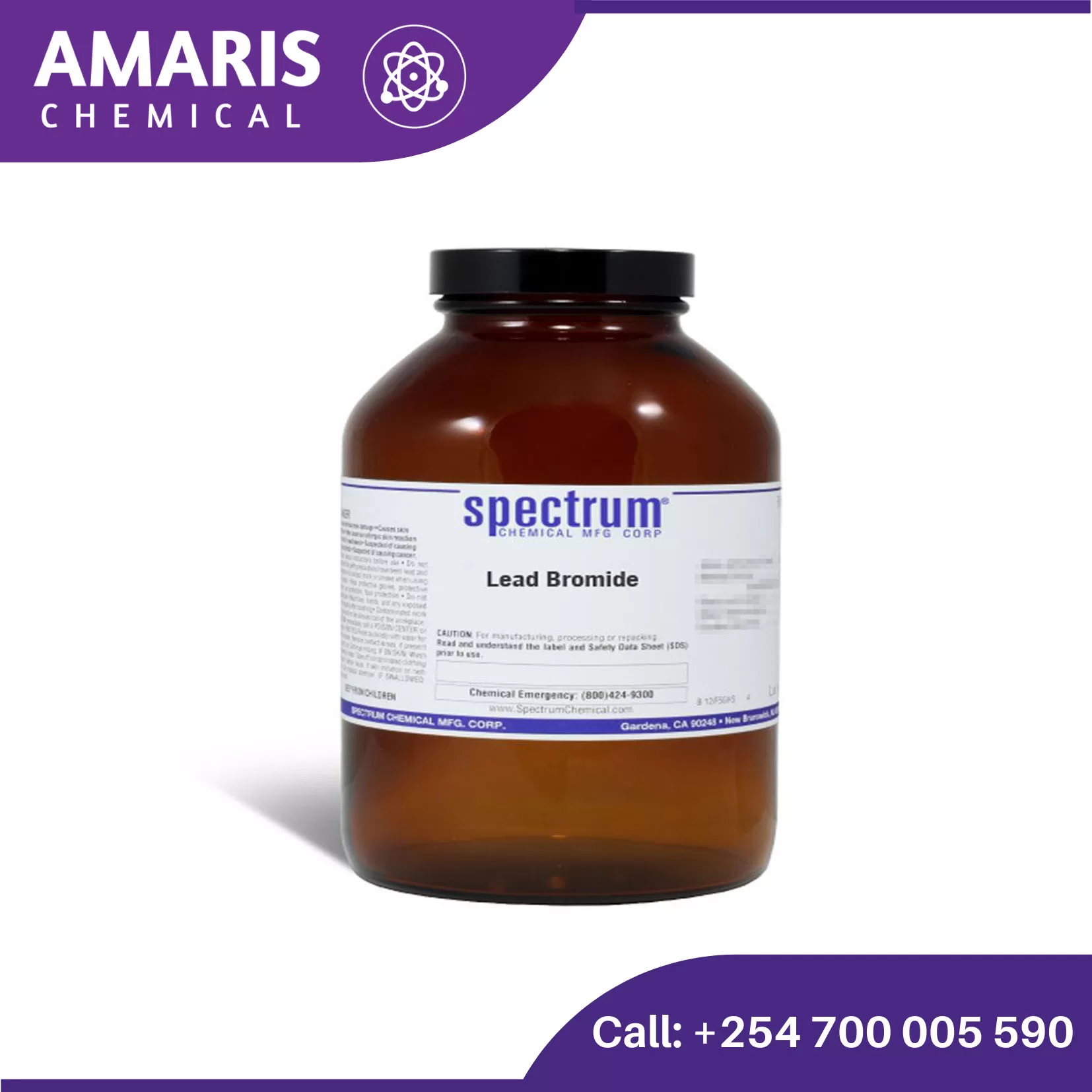
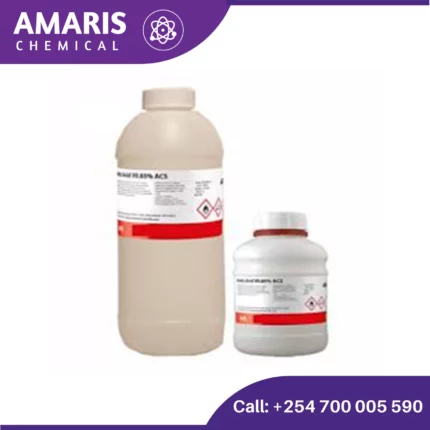
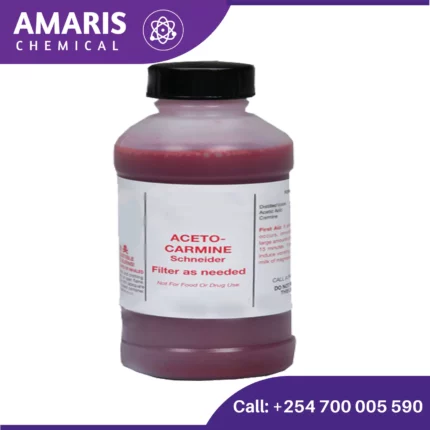

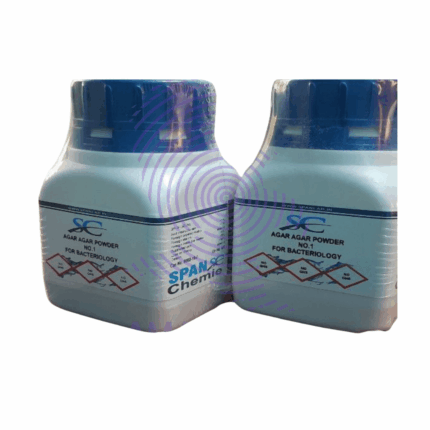
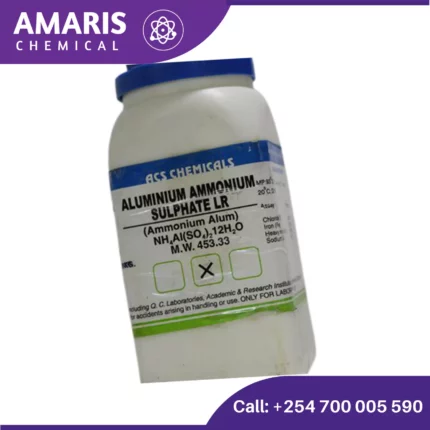

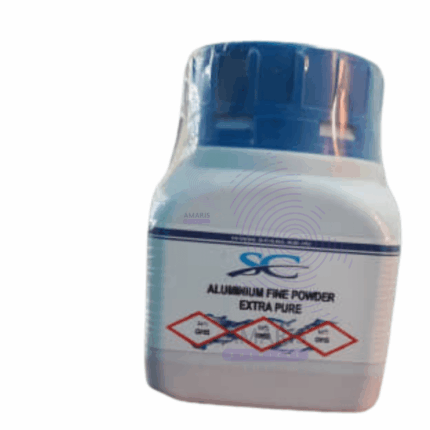

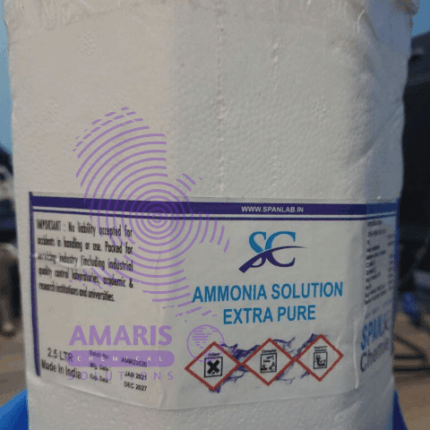
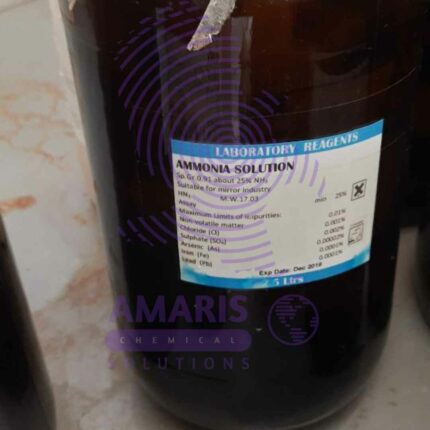
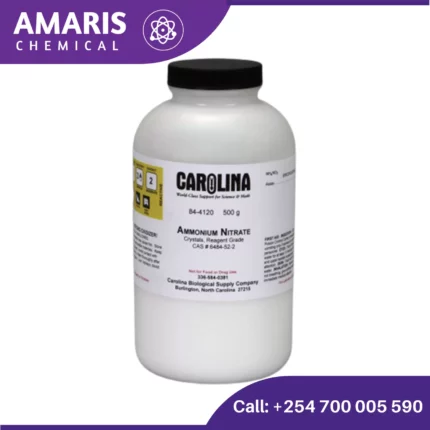







Reviews
There are no reviews yet.